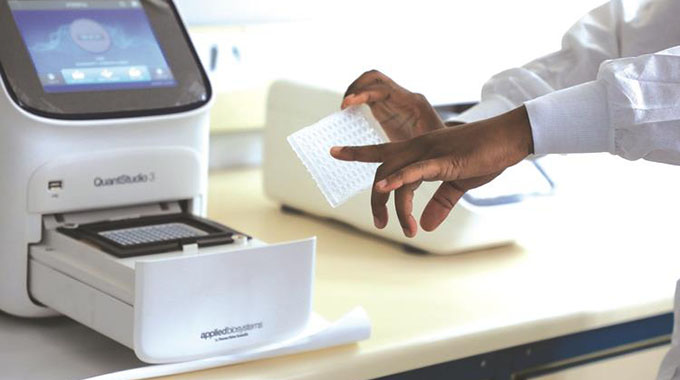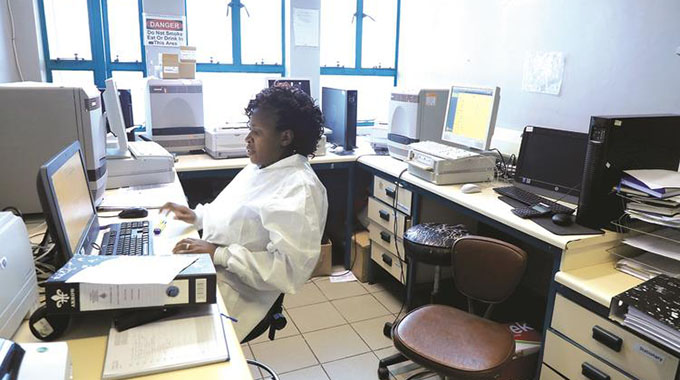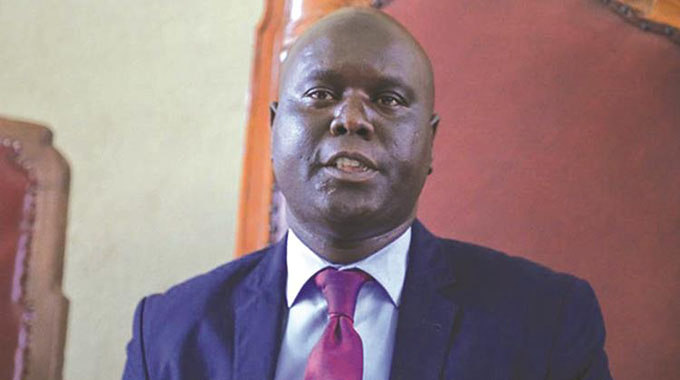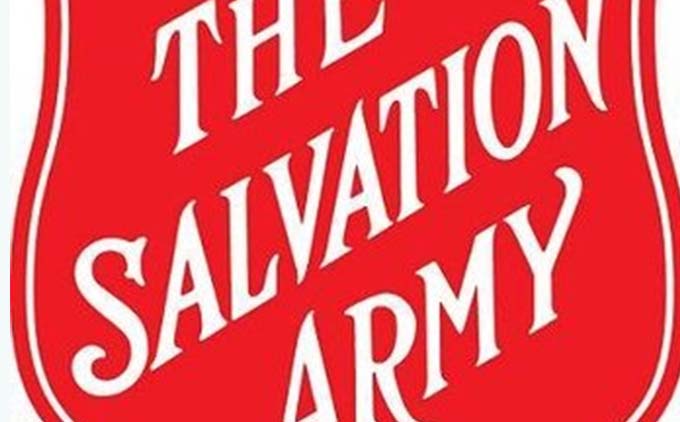What goes on inside Zimbabwe’s only approved Covid-19 testing laboratory

Paidamoyo Chipunza Senior Health Reporter
Zimbabwe’s only approved Covid-19 testing laboratory, the National Microbiology Reference Laboratory (NMRL), can test more than 400 samples a day and has scope to do more.
The tests, all using procedures approved by the World Health Organisation (WHO), centre on identifying the actual coronavirus itself, the RNA (ribonucleic acid) that gets into a host cell in a human and gets that cell to make copies of the virus.

At the Bioneneux extraction machine
Several procedures across a range of equipment are used to kill the virus in the sample, extract the RNA from the coating and then use the detection kits for Covid-19 virus to see if the RNA is from the Covid-causing virus.
There is a confirmatory process.
Given the correct reagents, the testing chemicals, WHO has approved that other equipment in the national laboratory and in several provincial laboratories procured to test for the HIV virus in the complex viral load tests can also be used to test for the coronavirus.
Once the necessary reagents are procured, then more testing can be done each day and testing can be decentralised.

At the Reverse Transcription Polymerase reaction machine. Reverse transcription polymerase chain reaction (RT-PCR) is a laboratory technique combining reverse transcription of RNA into DNA (in this context called complementary DNA or CDNA) and amplification of specific DNA targets using polymerase chain reaction (PCR) and
In the present system, the samples go through a sorting process using the WHO-recommended biosafety cabinet, in which the virus is inactivated using a solution called lysis buffer, while still in the biosafety cabinet.
“Inactivation is done to actually kill the virus because what we are interested in is the blueprint of the virus, which is the RNA and once we kill the virus, we then proceed to extract the RNA in the extraction room.
“The RNA is the one that tells the virus what to do, either to fight or to produce attachments or even its virulence,” said Mr Tatenda Takawira, a laboratory scientist with NMRL.

laboratory scientist Zvakanakireni Patsika in a verification lab at Sally Mugabe Central Hospital (formerly Harare Central Hospital) yesterday. — Picture: Tawanda Mudimu
In the extraction room, staff extract the RNA using the two Biomereux extraction machines, each of which can handle 24 samples at a time, with each process taking 30 minutes.
“This means they can extract RNAs from 48 samples in every 30 minutes. As you might be aware, the virus is described as circular with spikes on top. So it is these spikes that we disintegrated in the sorting room and we are left with the RNA inside the shell, which we now want to extract.”
He said after extraction, the RNA is taken to the detection machine, which then proves that the extracted RNA is indeed Covid-19 or that is not.
“This is where the detection kits are used. Once we have our RNA, we then mix it with the detection kits in this machine to get the results. This machine can run up to 93 samples at a time,” said Mr Takawira.
The process from sorting of samples to detection of the virus plus other administrative issues takes up to six hours before results are sent back to the requesting clinician.
All results are confirmed at the NMRL, whose process was described as gold standard and one in use globally.
NMRL acting coordinator Mr Exevia Mazarura said so far they were managing to run all specimens within the stipulated time frames, but should the need to exceed the capacity of existing equipment arise, the laboratory has other machines, which have been approved by WHO to conduct Covid-19 tests.
The machines include the Hologic Panther and Abbort M2000, which are being used to run viral load tests for HIV.
The country has 10 Abbort M2000 machines in the provinces and three Hologic Panther machines. GeneExpert machines, which are dotted across the country’s provinces and districts would be used for Covid-19 tests.
“Once the required reagents for these machines are procured, they all should be able to conduct Covid-19 tests,” said Mr Mazarura.
In addition to Government facilities, Government has also roped in private health institutions to conduct similar tests.









Comments